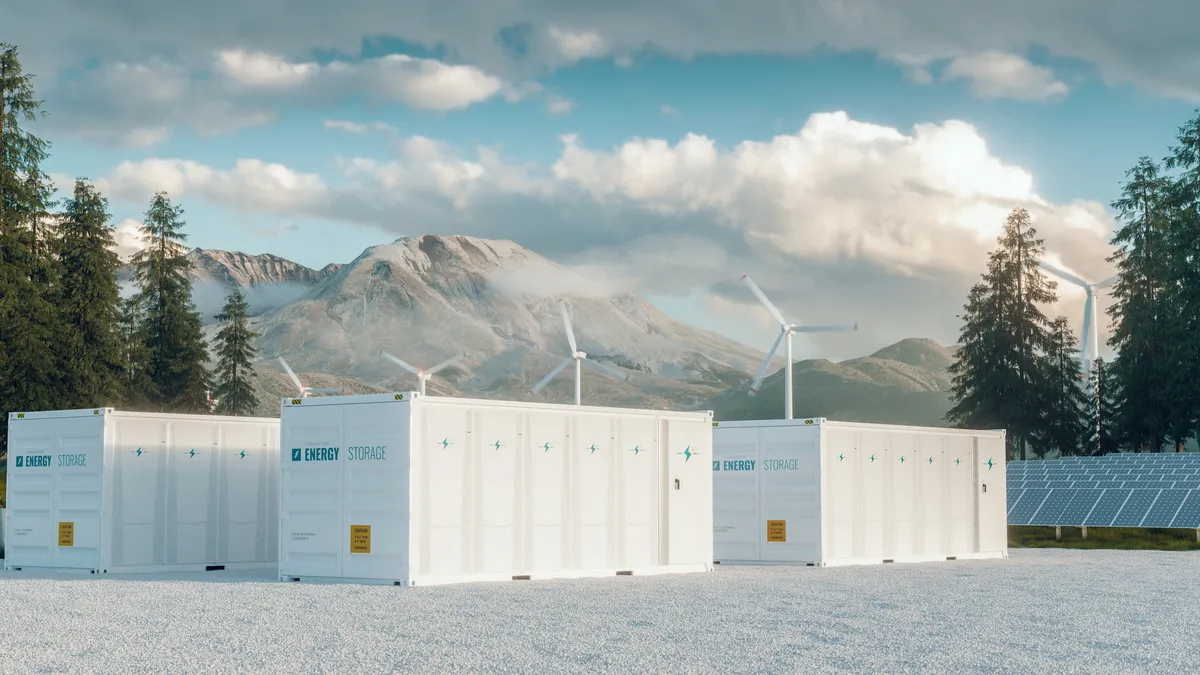The promise of aqueous zinc-ion batteries (AZIB) as a less expensive and safer alternative to lithium-ion batteries for grid storage is overstated, according to researchers working as part of the Joint Center for Energy Storage Research at the U.S. Department of Energy’s Argonne National Laboratory.
In its favor, zinc is significantly more abundant than lithium and highly compatible with water, according to the Argonne lab.
However, researchers at the University of Waterloo in Ontario, Canada, in a recent report, found that numerous claims about AZIB in research literature failed to consider the challenges the emerging technology faces, the Argonne lab said in a Tuesday press release.
“This has stymied progress toward practical ZIBs that live up to the cost and performance promises of the technology and that can be scaled up to meet contemporary stationary electrochemical energy storage needs,” University of Waterloo Professor Linda Nazar and her graduate student Chang Li, the study’s lead authors, said in the report published in the Aug. 17 edition of Joule.
“Many challenges underlying these claims of outstanding electrochemical performance are overlooked or underestimated,” they said.
A zinc anode provides high safety and low cost for AZIBs because it is stable with most water-based electrolytes, according to Nazar.
“However, during charge-discharge cycling, zinc tends to grow as random and spiky crystals – called dendrites – which can easily cause a short-circuit when charging batteries,” Nazar said in the release.
Many strategies have been reported to solve the dendrite issue, but only few address the requirements of practical battery applications, she said.
Also, water molecules in the aqueous-based electrolyte can spontaneously dissociate into hydroxide ions and protons, which can lead to compounds called layered zinc double hydroxides, according to Nazar.
Those compounds can precipitate on the battery’s cathode surface and “take zinc out of the equation, insulating the surface in a very deleterious side reaction,” Nazar said.
Some of the research is based on unrealistically high current rates, or C-rates, a measure of how quickly a battery is charged or discharged, according to Nazar. High C-rates can lead to better battery performance, but those rates are higher than what would be used for real-world batteries on the grid, she said.
Researchers at the University of Bremen in Germany issued similar warnings earlier this year about the challenges facing AZIB technology.
“Despite the clear advantages that aqueous ZIBs offer in terms of high safety and low costs, the current technology does not attain high enough specific energies … that are needed to access the stationary energy market,” they said in an article published in February in Nature Communications.















